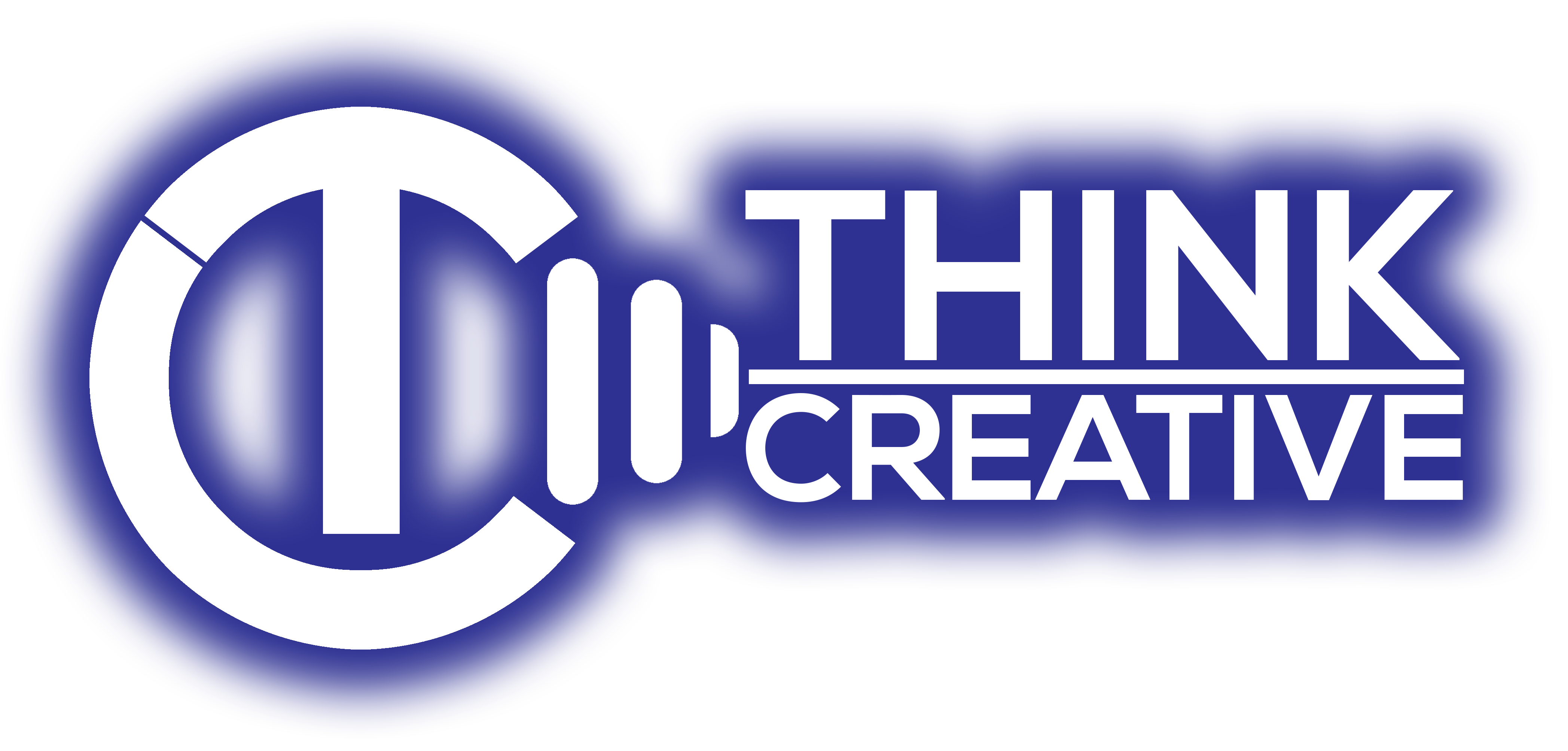In today’s competitive automotive market, simply having a website isn’t enough. Your dealership needs to be visible to potential buyers actively searching online for their next vehicle. This is where Search Engine Optimization (SEO) comes in. By optimizing your website for search engines like Google, you can attract1 organic traffic, generate qualified leads, and ultimately boost sales.
This comprehensive checklist will guide you through the essential SEO strategies to implement for your auto dealership website:
I. Keyword Research & Strategy: The Foundation of Success
- Identify Target Keywords: Start by understanding what potential customers are searching for. Think beyond just “cars for sale.” Consider:
- Make and Model Specific Keywords: “Ford F-150 for sale near me,” “Toyota Camry lease deals.”
- Location-Based Keywords: “Used cars Winchester CA,” “BMW dealer Temecula.”
- Service-Related Keywords: “Oil change Winchester,” “Tire rotation Temecula.”
- Long-Tail Keywords: More specific phrases like “best SUV for families with good gas mileage.”
- Competitor Analysis: Analyze the keywords your top-performing competitors are ranking for. Tools like SEMrush or Ahrefs can be invaluable here.
- Local Keyword Focus: Since auto dealerships primarily serve a local audience, prioritize local SEO keywords. Include your city, county, and surrounding areas in your keyword strategy.
- Organize and Prioritize: Group your keywords into relevant themes and prioritize those with high search volume and lower competition.
II. On-Page Optimization: Making Your Website Search Engine Friendly
- Compelling Title Tags: Craft unique and keyword-rich title tags for each page. Include your primary keyword and location. (e.g., “New Ford F-150 for Sale in Winchester, CA”).
- Engaging Meta Descriptions: Write compelling meta descriptions that encourage clicks. Include relevant keywords and a call to action.
- Header Tags (H1-H6): Use header tags to structure your content and highlight important keywords. Use only one H1 tag per page, typically for the main heading.
- Optimize Content:Create high-quality, informative, and engaging content that incorporates your target keywords naturally. Focus on providing value to your2 visitors.
- Image Optimization: Optimize images by using descriptive file names and alt text. This helps search engines understand what the images are about and improves3 accessibility.
- Internal Linking: Link relevant pages within your website to improve navigation and distribute link authority.
- Mobile-Friendliness: Ensure your website is responsive and provides a seamless experience on all devices (desktops, tablets, and smartphones). Google prioritizes mobile-friendly websites.
III. Technical SEO: Ensuring a Smooth and Crawlable Website
- Website Speed: Optimize your website’s loading speed. Slow websites can negatively impact user experience and search engine rankings.
- Site Architecture: Create a clear and logical website structure that is easy for both users and search engines to navigate.
- XML Sitemap: Submit an XML sitemap to Google Search Console to help search engines discover and crawl all your website’s pages.
- Robots.txt File:Use a robots.txt file to instruct search engine crawlers on which pages to crawl and4 which to ignore.
- HTTPS Security: Ensure your website uses HTTPS. Secure websites are preferred by both users and search engines.
- Schema Markup: Implement schema markup (structured data) to provide search engines with more context about your content, such as vehicle listings, reviews, and local business information. This can lead to rich snippets in search results.
- 404 Error Page: Create a custom 404 error page to guide users back to your website if they encounter a broken link.
- Canonical Tags: Use canonical tags to prevent issues with duplicate content, especially for inventory listings that might have similar descriptions.
IV. Local SEO: Connecting with Your Local Customers
- Google My Business (GMB) Optimization:Claim and optimize your Google My Business listing. Ensure your NAP (Name, Address, Phone Number) information is accurate and consistent across5 all platforms.
- NAP Consistency: Maintain consistent NAP information across your website, online directories, and social media profiles.
- Local Citations: List your dealership on relevant online directories like Yelp, Yellow Pages, and industry-specific sites.
- Online Reviews: Encourage customers to leave reviews on Google and other platforms. Positive reviews can significantly impact your local search ranking and customer trust.
- Local Content: Create content that is relevant to your local community, such as blog posts about local events or partnerships.
- Location Pages: Create dedicated pages for each location if you have multiple dealerships, optimizing them with location-specific keywords.
V. Content Marketing: Engaging and Informing Your Audience
- Blog Posts: Regularly publish informative and engaging blog posts related to the automotive industry, specific models, maintenance tips, and local events.
- Vehicle Comparisons: Create pages comparing different vehicle models to help customers make informed decisions.
- Service Pages: Detail the services your dealership offers, such as maintenance, repairs, and financing.
- Inventory Pages: Ensure your inventory pages are well-organized, informative, and include high-quality photos and detailed descriptions.
- Videos: Incorporate videos showcasing vehicles, testimonials, and dealership tours.
- Customer Testimonials: Feature positive customer testimonials on your website.
VI. Off-Page SEO: Building Authority and Trust
- Link Building: Acquire high-quality backlinks from reputable websites in the automotive industry and your local community.
- Social Media Marketing: Engage with your audience on social media platforms and share your website content.
- Online Reputation Management: Monitor and respond to online reviews and comments.
- Public Relations: Seek opportunities for press mentions and collaborations with local businesses.
VII. Analytics and Monitoring: Tracking Your Progress
- Google Analytics: Set up Google Analytics to track website traffic, user behavior, and conversions.
- Google Search Console:Monitor your website’s performance in Google search results,6identify crawl errors, and submit sitemaps.7
- Keyword Ranking Tracking: Use tools to track your keyword rankings over time.
- Regular Reporting: Regularly analyze your SEO performance and make adjustments to your strategy as needed.
Conclusion:
Implementing a comprehensive SEO strategy is crucial for auto dealerships looking to thrive in the digital age. This checklist provides a solid foundation for optimizing your website, attracting more qualified leads, and ultimately driving sales. Remember that SEO is an ongoing process, so continuous monitoring, adaptation, and effort are key to achieving long-term success. By focusing on providing value to your potential customers and optimizing your website for search engines, you can drive your dealership to the top of the search results and watch your business grow.


Recent Comments